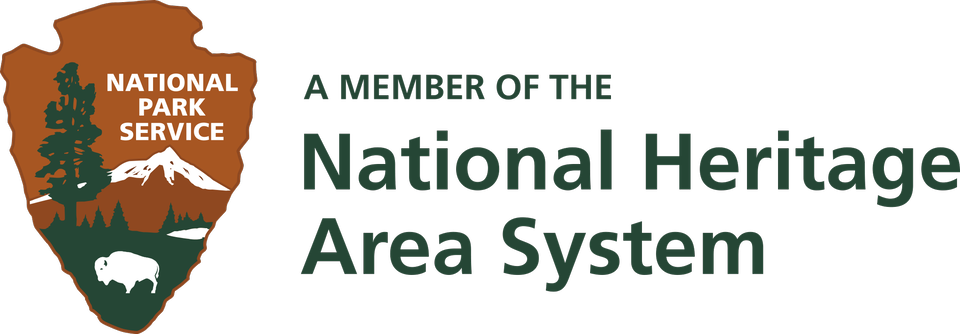The Flying (Sisters) Stinsons
This story comes from “Home Field Advantage: A Century of Partnership between Wright Patterson Air Force Base and Dayton, Ohio, in the Pursuit of Aeronautical Excellence”
Next to the Wright brothers, the Stinsons – Katherine, Marjorie, Edward, and Jack – are among the most influential siblings in American aviation history. Although they were from the southern United States, all of them had connections to Dayton, Ohio.
A decade before Amelia Earhart began setting aviation records, Katherine Stinson was thrilling crowds with her aviatrix skills. Katherine earned her wings in 1912 at age 21, making her the fourth woman in the United States to have a pilot’s license. She was one of the first pilots to skywrite in the night and to loop-the-loop. When the United States entered World War I, Katherine tried to enlist as a military pilot but was turned down because she was a woman. Determined to serve, she became an ambulance driver in war-torn France. The long days and nights of ambulance duty in miserable weather wrecked Katherine’s health, and she had to give up flying. After the war, she became an architect and managed her mother’s Dayton property.
Inspired by her older sister’s example, Marjorie Stinson decided at age 17 to become a flier and came to Dayton to attend the Wright School of Aviation. When Marjorie soloed on August 5, 1914, she became the youngest female in the United States to qualify for a pilot’s license. She and sister Katherine opened their own flying school in An Antonio in 1916, and Marjorie trained over 80 men headed for air service in World War I. Marjorie was the first woman to be accepted into the U.S. Aviation Reserve Corps, and she later became a draftsperson in the Aeronautical Division of the Navy.
To learn more about women in aviation, visit the National Museum of the United States Air Force and the National Aviation Hall of Fame.


